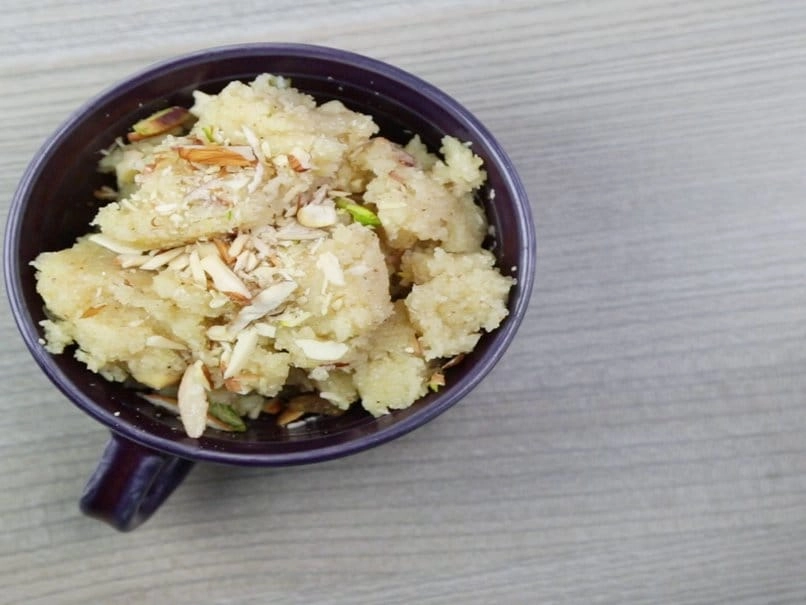Sooji Halwa, a beloved Indian dessert made from semolina, sugar, ghee, and often garnished with nuts and raisins, evokes a profound sense of nostalgia for many. Its warm, golden hue and rich aroma are not just appealing to the senses but also serve as a comforting reminder of childhood memories. For countless individuals, the preparation and indulgence of Sooji Halwa were integral to festive occasions, family gatherings, and simple moments of joy at home. The act of stirring the semolina in ghee until it turns golden brown, followed by the addition of sugar and water, creates a magical transformation that is not only delicious but also steeped in tradition. This process often involved the loving hands of a grandparent or parent, who would impart not just culinary skills but also life lessons and stories, making the dish a vessel of cherished experiences.
As children, the first taste of Sooji Halwa is often a revelation—its sweet, buttery flavor envelops the palate, leaving a lasting impression. Whether it was served during a festival, such as Diwali, or as a reward for good behavior, this dish often symbolized love and care. The soft, melt-in-the-mouth texture and the delightful crunch of nuts added an element of excitement and satisfaction. Each bite was a celebration, a little piece of heaven that transported us back to simpler times, where the biggest worries were what games to play or which cartoon to watch. This dessert’s ability to evoke such strong emotions and memories is what makes it feel like a bowl of childhood, offering warmth and solace in times of stress or uncertainty.
Moreover, Sooji Halwa is more than just a dish; it’s a cultural icon that has been passed down through generations. Its simplicity allows for variations, meaning each family has its own unique twist on the recipe, making it a personal artifact of family heritage. For some, it may be infused with cardamom for a hint of spice, while others might add saffron for an exotic touch. Regardless of the variations, the essence remains the same—a dish that brings people together, creating bonds over shared meals and experiences. Today, as adults, many find joy in recreating this beloved dessert, not only to indulge in its sweet flavors but also to reconnect with their roots and reminisce about the joy of childhood. In this way, Sooji Halwa continues to serve as a bridge between the past and the present, reminding us of the importance of family, love, and tradition in our lives.




